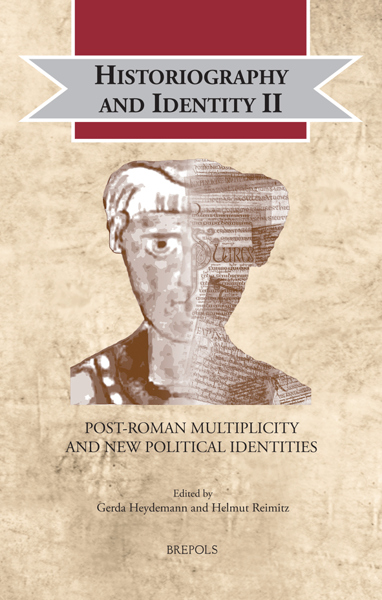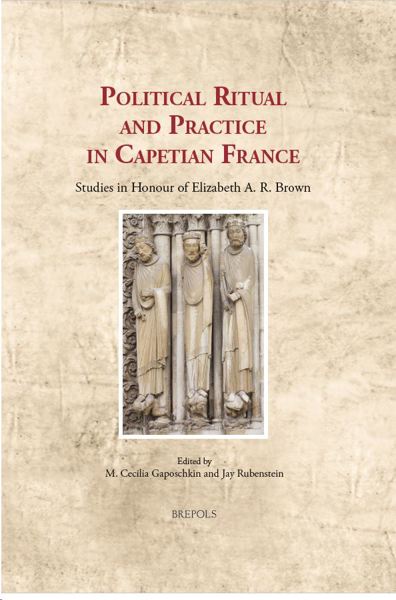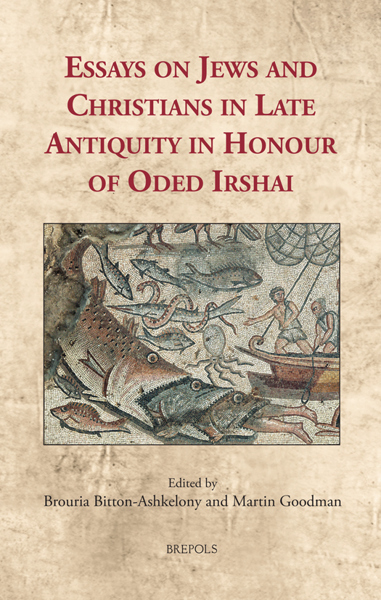
- Pages: xx + 487 p.
- Size:156 x 234 mm
- Illustrations:41 b/w, 9 tables b/w.
- Language(s):English, Latin, German
- Publication Year:2011
- € 105,00 EXCL. VAT RETAIL PRICE
- ISBN: 978-2-503-53161-8
- Hardback
- Available
- € 105,00 EXCL. VAT RETAIL PRICE
- ISBN: 978-2-503-56025-0
- E-book
- Available
An award-winning interdisciplinary study of the Anglo-Saxon mission of St Boniface to Hessia in the eighth century.
[...] He writes sharply, often with wit, and with great attention to detail. His discussion of the Hessian landscape betrays a real feel for the region from his time studying there. His use of the Bonifatian correspondence is exemplary and careful, and generates new insights into Boniface's self-perception and efforts at organisation.[...] (Reviewed by James Palmer in: The Medieval Review, 2012-01)
"Abschliessend darf gesagt werdern, dass sich die Lektüre des Werkes (...) allemal lohnt." (Heinrich Wagner, in: Jahrbuch des Hennebergisch-Fränkischen Geschichtsverein, 2012, p. 331-332)
In the year 721 the Anglo-Saxon missionary St Boniface came with his followers to Hessia, a small but turbulent province on the borders of the expanding Frankish kingdom. This book is the first dedicated interdisciplinary study of Boniface’s thirty-three-year mission among the Hessians. The author relates the historical sources to the rich archaeological heritage of the region in order to describe the political and cultural context of the mission and its relationship to long-term Frankish interests in the Saxon borderlands. Thanks to the survival of many letters between the missionary community and its supporters, it is also possible to examine a symbolic literary discourse that portrayed the missionaries as heroic exiles who chose to suffer torments in a distant land for the sake of Christ. Finally, fresh evidence drawn from topography and place names is used to argue for the existence of an expansive pre-Christian sacred landscape that was one of the major obstacles faced by Boniface and his followers. The result is an innovative study that brings history and archaeology into communication with the landscape, both real and imagined, in order to reconstruct a crucial moment in the conversion of Europe in all its complexity, ambiguity, and drama.
Awarded the Josef Leinweber Prize 2009 by the Fulda Faculty of Theology.
CONTENTS
List of Illustrations ix
Preface xiii
Author’s Note xv
List of Abbreviations xvii
Part I. Foundations
Chapter 1: Introduction 3Part II. ContextChapter 2: Historiography 19
Chapter 3: West Saxon Origins 55Part III. MissionChapter 4: Hessia on the Eve of the Bonifatian Mission 119
Chapter 5: The Chronology of the Bonifatian Mission in Hessia 189Chapter 6: Representing the Mission 237
Chapter 7: Experiencing the Mission 279
Chapter 8: Conclusion 399
Appendix 1: Terms and Expressions Relating to Mission and Missionaries in the Letters of Boniface and Lul 405
Appendix 2: Metaphors and Motifs Used to Represent the Mission in the Letters of Boniface and Lul 411
Appendix 3: The Terms Germania and Germanicum in the Letters of Boniface and Lul 421
Appendix 4: Property Held by Hersfeld in Hessia before 775 425
Appendix 5: Patrons of Fulda in the Amöneburg District, 750–59 427
Bibliography 431
Index 473




